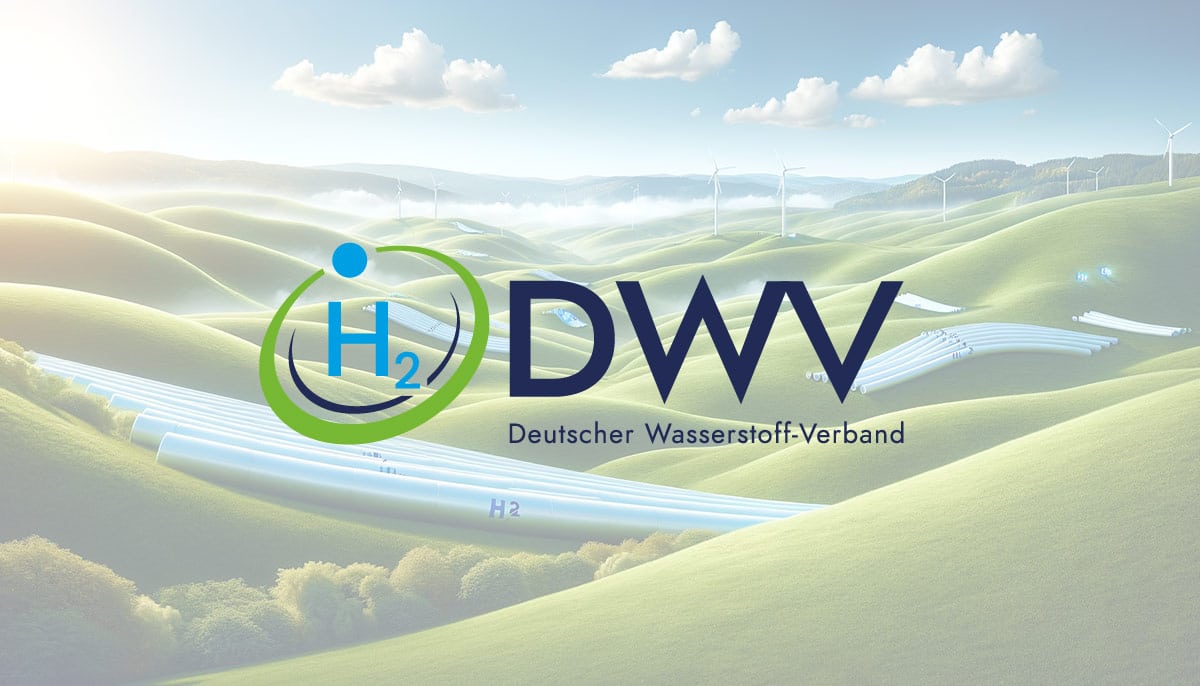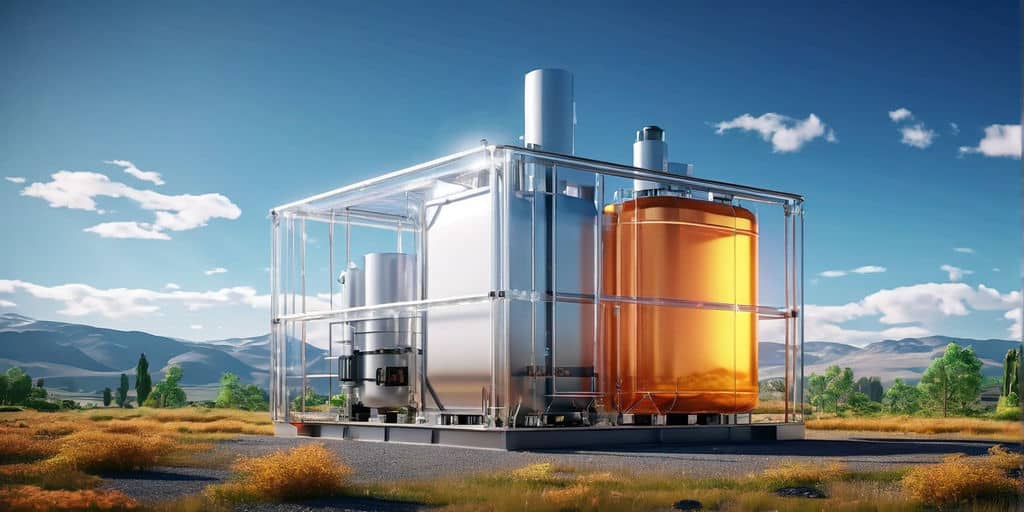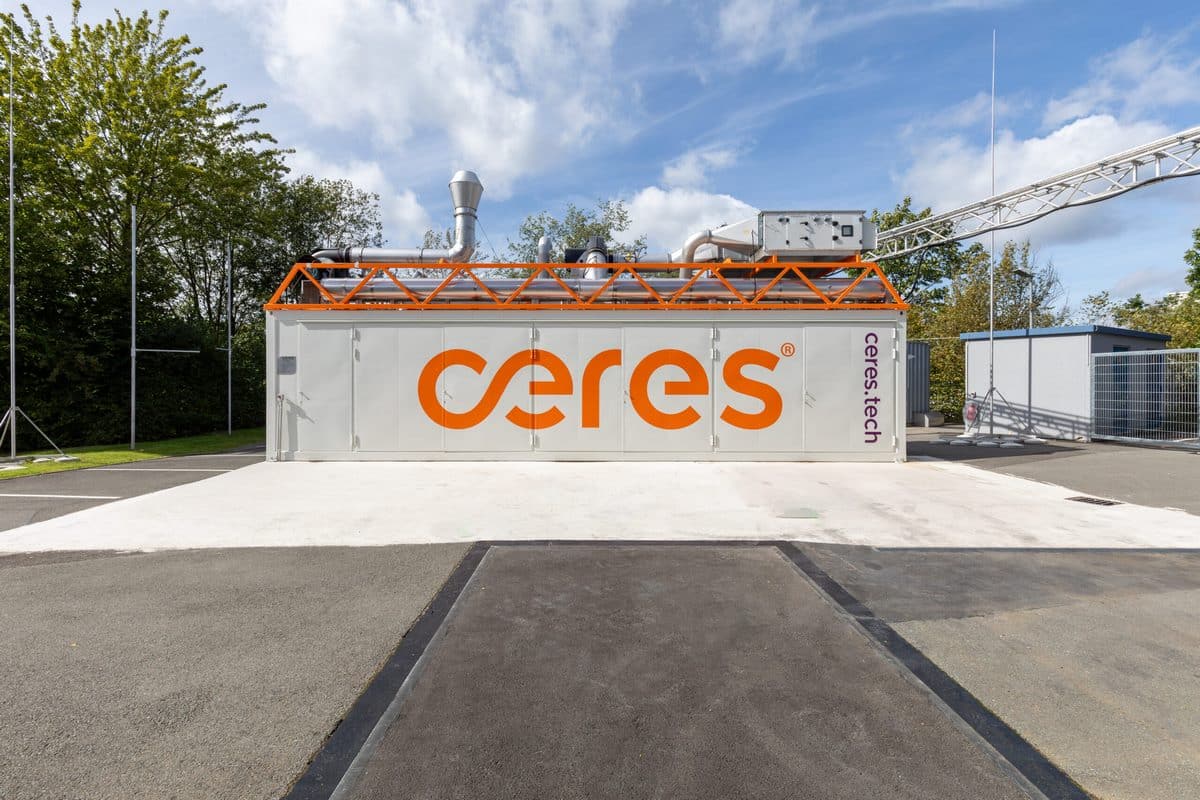Germany’s network of hydrogen stations is growing slowly but steadily. This brings to the forefront a whole range of issues that need to be solved. Some are technological or logistical in nature; others are conceptual. At Hannover Messe, attendees and exhibitors could be heard discussing questions of site selection, funding approval and station management.
Those participating in the debate all shared the opinion that H2 Mobility had been put in charge of expanding the hydrogen infrastructure, a view that is not entirely accurate. After all, H2 Mobility is a business, and – like all businesses – its first responsibility is to its owners. Its shareholders have given Nikolas Iwan, the company’s chief executive, a clear-cut task. He is to represent their interests during the expansion and sensibly manage the money entrusted to him.
On top of this, the federal antitrust agency restricted business dealings right from the start, as H2 Mobility had been formed by a group of companies that operated on the market and promoted a still emerging technology. The agency allowed the joint venture to construct a maximum of 400 hydrogen fueling stations to ensure that the market was not controlled by a single company, or its shareholders. Consequently, H2 Mobility staff has been skimpy on details about how to get to 1,000 systems.
What can be said is that the government spent around EUR 1 million on each fueling station in the beginning. Reportedly, economies of scale have since been realized, and costs are likely to drop further. Often, existing stations owned by OMV, Shell or Total have been upgraded by installing a hydrogen pump. Some sites have been built from the ground up and most of these have been managed by Air Liquide or Linde. H2 Mobility’s shareholders have promised to keep the stations running past the planned end of the joint venture, both to turn a profit and to show that the government funds have been put to good use.
Options
Other businesses can build their own hydrogen fueling stations, although few have seized the opportunity. One of them is GP Joule, which intends to construct two in Husum and Niebüll, along with five electrolyzers at wind farms, for supplying two fuel cell buses planned to stop in both cities, and possibly fuel cell railcars. Also, rumors have it that a northern German utility has been in talks with sera ComPress about a company-run station in Oldenburg, in the state of Lower Saxony.
…



























Does anyone know where the generated H2 comes form that is used for the projects and filling stations. Looking at the partners “Air Liquide, Daimler, Linde, OMV, Shell and Total”
Is it grey, blue or green H2?
Dear Rob,
As communication manager of H2 MOBILITY I would like to answer your important question. Our aim is to significantly reduce the CO2 footprint in road traffic. So, our main goal must be 100% green hydrogen. Currently however, it is difficult to obtain affordable green hydrogen in Germany. So far, storage technologies – and this includes H2 – are burdened with significant fees and charges. Therefore, H2 MOBILITY can only offer green H2 at a few locations, e.g. in Wiesbaden from the Energiepark Mainz (in total approx. 20%). That’s why we now also purchases hydrogen certificates from Air Products, which produce H2 in the Netherlands from wind power and trade the environmental benefit in the form of certificates. The certificates, the CertifHY GO, are part of a European project with the aim of establishing a Europe-wide hydrogen market. The “GO” stands for “Guarantee of Origin” is closely monitored.
The grey hydrogen that H2 MOBILITY distributes is either produced as a by-product in the chemical industry or is centrally recovered by means of natural gas reforming. In fact, this grey hydrogen already saves about 40% of CO2 compared to conventional cars.
However, the goal of the H2 MOBILITY remains 100% green hydrogen, preferably from surplus green electricity like wind power.
Regards,
Sybille
Dear Sybille Riepe.
Many thanks for your explanation. And I wish you success with the important quest to make our planet green again.
I’m looking into H2 to give some kind of benefit to speed up of the H2 implementation. If I find interesting developments I will let you know.
For now I’m reading “into H2”.